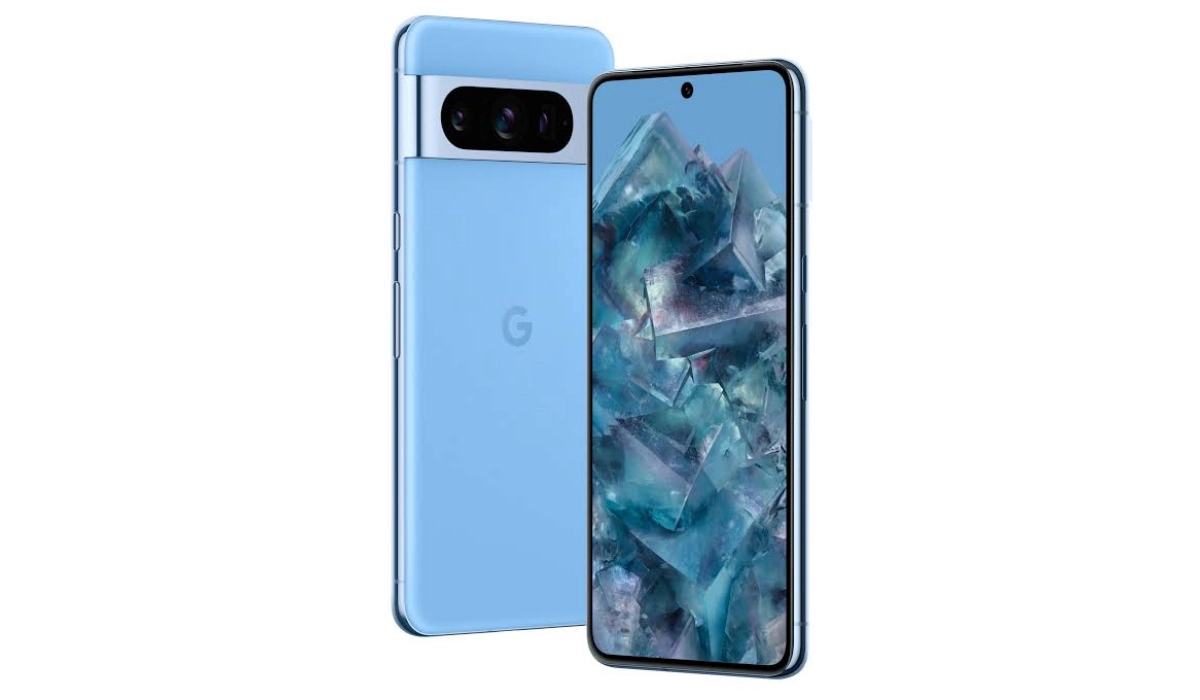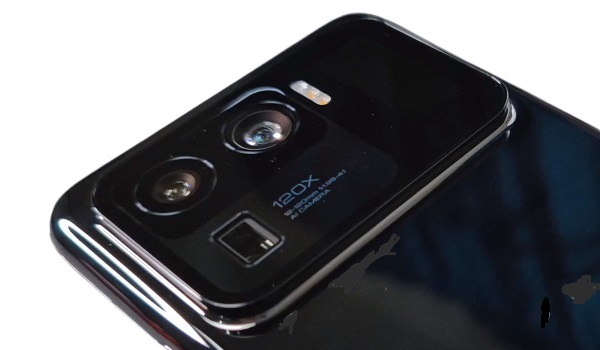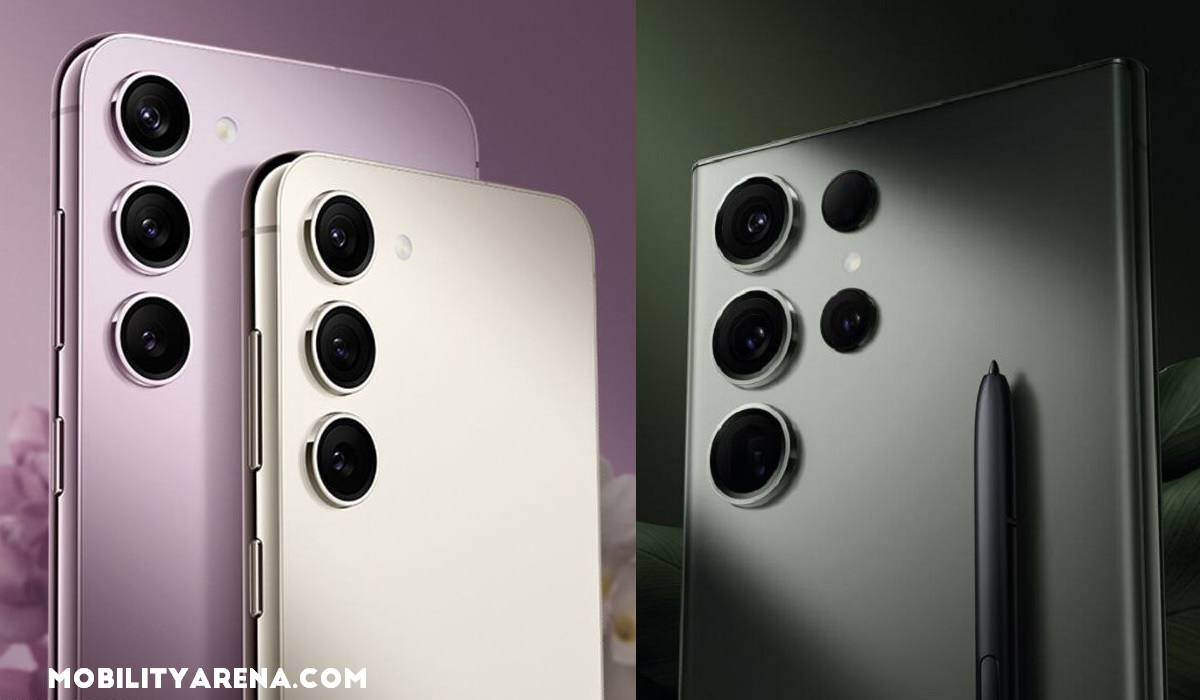If you are looking for the best Android phone with video stabilization, video recording must be important to you. Perhaps you are an enthusiast or a professional.
Video stabilization is a feature that helps to make videos less shaky. You know how when you’re recording a video on your phone and it can be really hard to keep the camera steady? Well, video stabilization helps to fix that by using special technology to make the video look smoother.
Basically, what happens is that the camera on your phone takes a bunch of pictures really quickly while you’re recording the video. Then, the video stabilization feature uses those pictures to figure out how the camera moved while you were recording and it tries to fix any shakiness or wobbling.
So, when you watch the video back, it looks a lot smoother and less shaky than it did when you were recording it. It’s a really cool feature that can make your videos look a lot more professional and easier to watch.

Table of Contents
How Does Video Stabilization in Smartphones Work?
Video stabilization in smartphones works by using software algorithms to compensate for the shaky movements of the camera while recording a video.
There are two main types of video stabilization used in smartphones: electronic image stabilization (EIS) and optical image stabilization (OIS).
EIS works by analyzing the motion of the camera and then cropping and aligning the frames of the video to reduce the appearance of shaky movements. This is done by using the phone’s sensors to detect motion, and then adjusting the image digitally to compensate for the movement. EIS is typically used in smartphones that don’t have OIS.
OIS, on the other hand, uses hardware to stabilize the camera by physically moving the lens to counteract any movements. This is done by using small motors and gyroscopes to detect and counteract any movements. OIS is typically found in higher-end smartphones.
Some smartphones use a combination of both EIS and OIS to provide even better stabilization.

What are the benefits and demerits of video stabilisation in smartphones?
Video stabilization in smartphones has both advantages and disadvantages.
Benefits:
- Improved video quality: Video stabilization helps to reduce the appearance of shaky movements in videos, resulting in smoother and more professional-looking footage.
- Easier to capture action shots: With video stabilization, it’s easier to capture action shots and fast-moving objects without the footage appearing too shaky or blurry.
- Better low-light performance: Video stabilization can also help to improve low-light performance by allowing the camera to use slower shutter speeds without resulting in blurry footage.
- More accessible: Video stabilization is now a common feature in most smartphones, making it more accessible to everyday users who want to capture high-quality videos.
Demerits:
- Can result in cropped footage: Electronic image stabilization (EIS) works by cropping and aligning frames, which can result in some loss of image quality or a narrower field of view.
- Can reduce image sharpness: In some cases, video stabilization can reduce image sharpness or introduce artifacts into the footage.
- Can use more battery: Video stabilization can be a processor-intensive task, which can lead to increased battery usage on your smartphone.
- Not as effective as professional equipment: While video stabilization in smartphones has come a long way, it still can’t match the stabilization provided by professional equipment like gimbals or steady cams.

Which Is The Best Android Phone With Video Stabilization in 2023
Listed below are the very best Android smartphones with video stabilization that you can buy in 2023, from the very best down to the 10th place. We drew up this list from scores and verdicts of multiple smartphone reviewers around the world.
- Google Pixel 8 Pro.
- Google Pixel 7 Pro
- Xiaomi Mi 11 Ultra
- Google Pixel 8
- Google Pixel 7
- Samsung Galaxy S23 Ultra.
- Xiaomi 13 Ultra
- Xiaomi 13 Pro
- Xiaomi 12S Ultra.
- Samsung Galaxy S22 Ultra.
Looking at the above list, you already know which is the is the best Android phone with video stabilization today; right? That honour goes to Google Pixel 8 Pro.